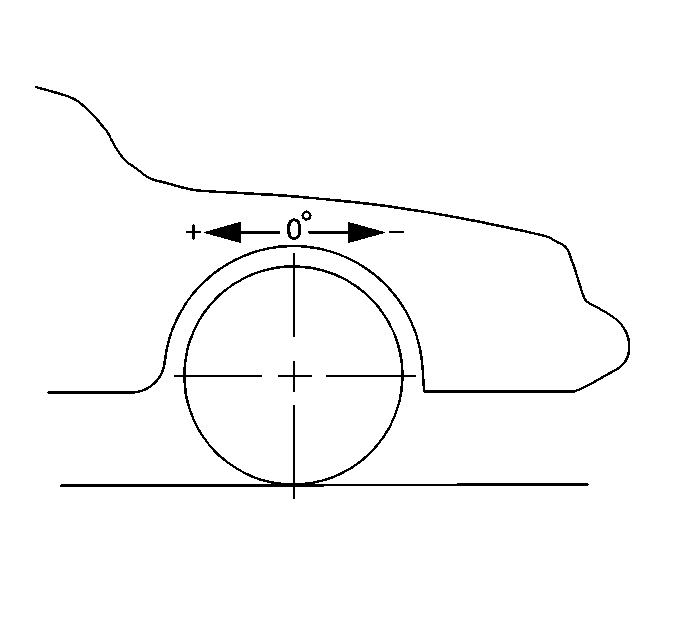
Caster is the tilting of the upper most point of the steering axis either forward (-) or backward (+) from vertical when viewed from the side of the vehicle. A backward tilt at the top steering axis point is positive (+) and a forward tilt is negative (-). Measurement is usually expressed as an angle in degrees and minutes. Caster influences directional control of the steering but does not affect tyre wear. Caster is affected by the vehicle ride height, therefore it is important to keep the body at its designed height. Overloading the vehicle or weak or sagging springs will affect caster. When the rear of the vehicle is lower than its designated trim height, the front suspension moves to a more positive caster. If the rear suspension is higher than its designated trim height, the front suspension moves to a less positive caster.
With too little positive caster, steering may be unstable at high speed and wheel returnability may be diminished when coming out of a turn. Too much positive caster can result in excessive steering effort and associated 'wheel fight' and 'kickback'. If one wheel has more positive caster than the other, that wheel will pull toward the center of the vehicle. This condition will cause the vehicle to pull or lead towards the side with the least amount of positive caster.
